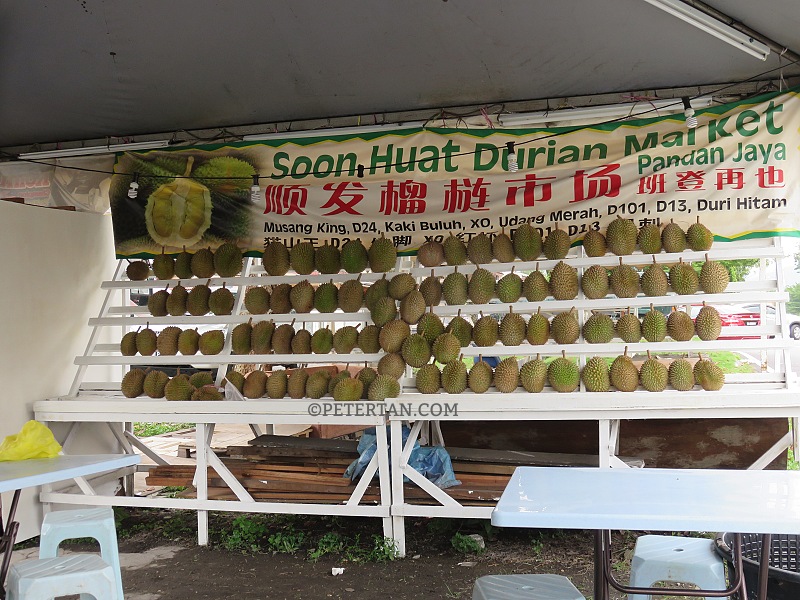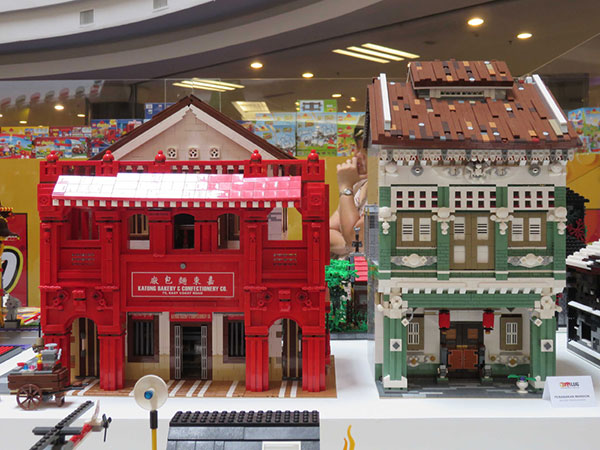A day for spurring positive changes
November 28, 2015, Saturday Peter Tan, mail@petertan.com
THE International Day of Persons with Disabilities falls on Dec 3. The United Nations encourages governments, civil society organisations and the private sector to join hands with disabled people’s organisations to commemorate the day by organising events and activities to create awareness and take action to realise equality and full participation of all in society.
This day has been observed worldwide since 1992 to promote awareness and garner support for the inclusion of disabled people in society and development. There is a specific theme for each year towards these goals. The theme for 2015 is ‘Inclusion matters: access and empowerment for people of all abilities’.
In explaining the theme for this year, the Secretariat for the Convention on the Rights of Persons with Disabilities of the United Nations stresses that “disability is part of the human condition, and that all of us either are or will become disabled to one degree or another during the course of our lives”. Therefore, a society that is accessible to all will benefit everyone now or in the foreseeable future.
Empowerment is a potent tool in effecting social change. Empowered people are enlightened people. When we realise we have the right and ability to make informed choices and take action to create a better environment for ourselves and the people around us, we become change agents and take on active roles in the development of the community we live in.
This year’s theme is more grounded to the realities faced by disabled people and something I can relate to personally. Accessibility is an issue disability rights advocates have been pushing for since the 70s or even earlier and an issue we are still working on as it involves all aspects of society like education, employment and transportation.
The achievements we have gained so far were not handed to us on a silver platter. We had to work very hard for it. In order for us to do what we have been doing, we have to become empowered. The work is still far from over. We need to have more empowered leaders to carry on until we can realise full inclusion and access in all aspects of life. For that reason, I feel that this year’s theme is relevant in shoring up support for what we have been pushing for all these years.
There are also three sub-themes for 2015 to focus on more specific issues. They are making cities inclusive and accessible for all, improving disability data and statistics, and including persons with invisible disabilities in society and development.
I am glad to note invisible disabilities is included. It is an area that is not often discussed. When we talk about disability, we usually expect to see someone in a wheelchair, using assistive devices or displaying characteristics of impairments we can identify visually. On the other hand, invisible disabilities or hidden disabilities are not noticeable.
Awareness on this subject is scant even among disability rights advocates who mainly come from the ranks of very visible disabilities. We find it more comfortable to talk about issues that society can see. What is out of sight is commonly out of mind but the issues faced by people with these conditions are real.
This sub-theme focuses mainly on mental and psychosocial disabilities. It says “one in four people globally will experience a mental health condition in their lifetime” and further states that “almost one million people die due to suicide every year and it is the third leading cause of death among young people”. The number is significant enough to warrant attention and action to raise awareness of the situation and provide timely support.
Truth be told and embarrassingly, my understanding of invisible disabilities is superficial at best although I have been involved with disability rights advocacy for the past 10 years. I began to read up on it only when preparing myself for a radio interview recently. One of the questions was on dealing with people with invisible disabilities.
To begin with, other than psychosocial disorders, invisible disabilities include intellectual impairments, attention deficit hyperactivity disorder, multiple sclerosis, bowel and bladder incontinence, and chronic back pain. These conditions are permanent although some can be managed with medication. Nevertheless, people living with them have to deal with the debilitating effects on a daily basis.
Because these conditions are not readily apparent, people living with invisible disabilities are often misunderstood and even experience hostility when they are unable to interact in socially expected and accepted ways. At the end of the day, they are still humans with emotions and feelings like everyone else, and should be treated with patience, respect and empathy.
When dealing with persons with invisible disabilities, the first instance is to give them the benefit of the doubt and not jump to conclusions. Don’t be too quick to pass judgement. What they are experiencing may be worse than what they are letting on.
Where possible, make reasonable accommodation and allowances. The confidentiality of their condition must be respected at all times unless they choose to share it. Many elect to conceal the invisible disabilities to avoid discrimination and being stigmatised.
While the International Day for Persons with Disabilities is commemorated once every year, disabled people, whether with visible or invisible disabilities have to go cope with multiple issues caused by systemic and institutional barriers all year round. Hence, the momentum of awareness raising and actions to change stemming from this meaningful day must continue and be sustained until the goals are met.
Read more: http://www.theborneopost.com/2015/11/28/a-day-for-spurring-positive-changes/#ixzz3uN9QPeid




